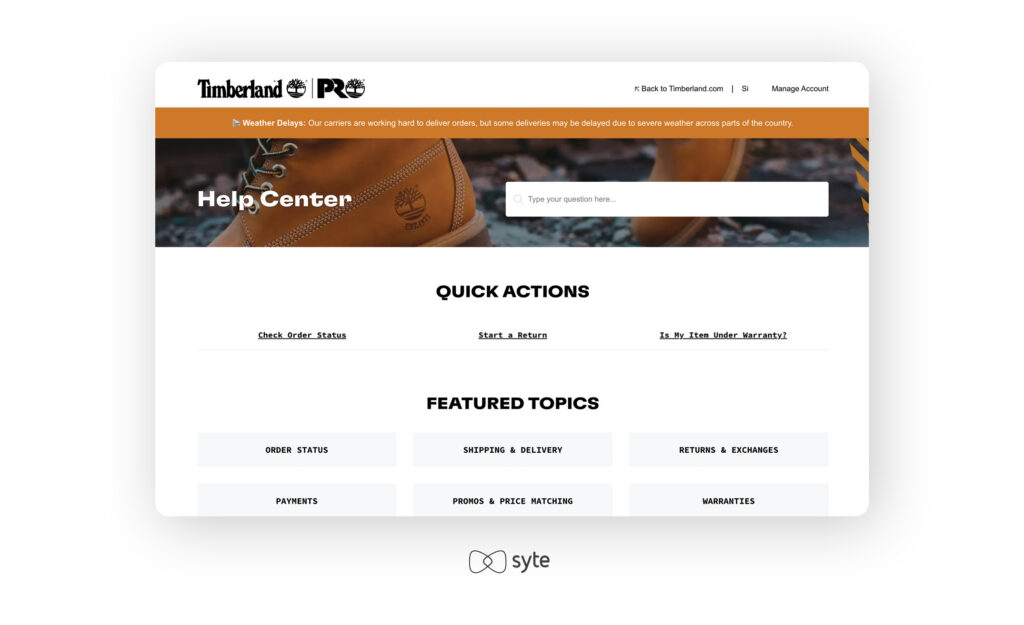Customer experience (CX) pertains to the perception a customer has about a brand. It covers the relationship that forms between a brand and a customer, as well as the interactions a shopper has with the business, including those that do not result in conversions. The customer experience is an important element in reaching most of your brand goals including not only hitting sales quotas but also maintaining high customer lifetime value.
Customer Experience vs Customer Service
Customer service is just one aspect that contributes to the overall customer experience that shoppers get from your brand.
Customer service refers to the support you give to customers with questions or issues about a product or service. A customer will not always have to seek customer service, but it is necessary because you can quickly act once assistance is needed. Meanwhile, customer experience is broader in scope. There are more actions to take as it encompasses the end-to-end eCommerce experience that should be seamless and memorable to level with the high standard that shoppers expect from brands.

Why It Matters
Customer experience can be instrumental in the accomplishment of many business goals, including customer loyalty and retention, brand advocacy, and customer lifetime value. It is also important in sustaining company growth. When shoppers have a great customer experience, they are more likely to seek a particular brand from the competition.
In today’s cutthroat eCommerce environment, customer experience is a key differentiator for brands and retailers. Understanding what factors in an exceptional CX can make all the difference in attracting new customers and retaining existing ones.
Improving Customer Experience
The following are some practices that enhance the customer experience:
- Seek customer feedback. Opinions from customers can provide insights into what will make the customer experience better. Acting on a recommendation can make shoppers feel that they are valued for more than the revenue they can bring and lead brands to gain the trust and loyalty of their customers.
- Deliver personalization. Customers already expect personalization. Personalized recommendations and a journey informed by preferences and previous browsing history can make customers feel seen and understood. This makes the customer experience not only unique and memorable, but also something worth coming back to.
- Have an omnichannel strategy. Your customers can come from everywhere—it helps to meet them where they are. The customer journey should be seamless and consistent, regardless of the channel.
- Publish valuable content that helps customers. Besides customer service, useful guides and chatbots can help customers answer their questions or resolve their issues. By giving them self-service tools, you can encourage and inspire continuous shopping journeys and maximize your resources for other parts of your business.
How to Measure CX
There are many activities and metrics that can help gauge how satisfied customers are with their experience:
- Analyze surveys on customer satisfaction. This includes your Net Promoter Score (NPS). The score and additional comments can inform your strategy moving forward. You can follow up on customer feedback after implementing changes.
- Know your churn rate and learn the reasons behind it. You can plan accordingly to prevent or minimize churn in the future.
- Measure Customer Effort Score (CES). The lower the effort, the more likely a customer will repurchase or advocate for a brand.